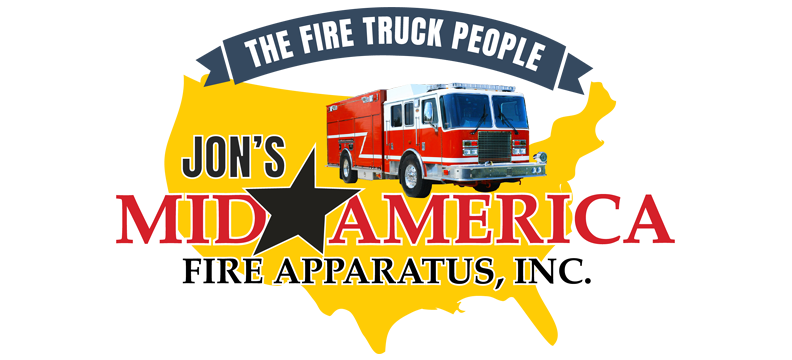Water is the most classic tool to fight a fire. Every department knows how to use water, and it’s usually readily available. Why would anyone use anything different?
While water can be a great resource, using foam may be a quicker and easier way for your department to fight a fire. From safety to effectiveness, foam has been shown to be a great way to enhance your fire fighting skills.
Let’s go over some of the reasons Class A foam may be good fit for you.
How does Class A foam work?
Class A foam is used for Class A fires, which are started by the most common combustibles like wood or paper, while Class B foam is used to fight fires started by flammable and combustible liquids. The majority of fires tackled by a municipal department will be Class A fires.
Rather than being premade, Class A foam is created from a concentrate, and is usually mixed at about .1%-1% by volume of water. Batch mixing is common so departments can avoid mixing foam after every single call.
Departments use Class A foam to:
- Increase the efficiency of water at a fire
- Penetrate the fuel source to prevent a fire from rekindling
- Create a temporary fire barrier to prevent spreading
Why should I use Class A foam over water?
While water is still a useful tool, Class A foam comes with a variety of benefits. These include:
- Lower surface tension. Foam is more able to stick to a surface as compared to water. Especially on surfaces with edges or vertical structures, foam will adhere better to a fire.
- Less impact on community. When fighting a fire, water runoff may contaminate waterways or soil, whereas Class A foam will not be as impactful to the environment. Also, in a community with a water shortage, using a great deal of water can cause a major environmental and financial impact.
- Reduces property damage. When extinguished with water, fires take longer to go out. This means a higher likelihood of property damage due both to the fire and the quantities of water used to extinguish it. Using foam in a fire suppression system can help prevent the property damage seen in fires put out by water.
- Improved safety. As mentioned earlier, fires put out with foam go out faster. This means the temperature of the fire doesn’t have the opportunity to get as high, making it safer for firefighters to go near.
Interested in using foam for your department, or are you looking for an apparatus with a fire suppression system?
Contact us at Jon’s Mid America. Our team is equipped with the fire apparatus knowledge you need to make a smart purchase.


